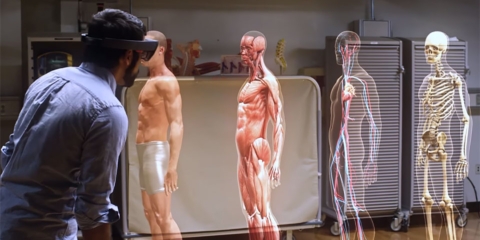Would you like to get notifications from Christian?
De nieuwe Instant NeRF-technologie van Nvidia kan een reeks foto's in enkele seconden omzetten in 3D-scènes. De technologie maakt gebruik van neurale rendering om realistische 3D-modellen te creëren op basis van 2D-input, wat betekent dat zij modellen van objecten en omgevingen in de echte wereld kan creëren op basis van foto's. NVidia's NeRF is ook in staat om beelden van deze scènes in milliseconden te renderen, waardoor het ideaal is voor het creëren van real-time 3D-toepassingen, zoals videogames en virtual reality-ervaringen. Nvidia heeft gezegd dat Instant NeRF later dit jaar beschikbaar zal zijn voor ontwikkelaars.
Deze technologie heeft een aantal potentiële toepassingen in zowel de spel- als de bedrijfssector. In de spelletjessector zou NeRF kunnen worden gebruikt om realistische 3D-werelden voor videospelletjes te creëren. Hierdoor zouden ontwikkelaars meer meeslepende en realistische spelervaringen kunnen creëren. In de bedrijfs- en amusementssector zou NeRF kunnen worden gebruikt voor toepassingen als virtuele realiteit en augmented reality. Dit zou bedrijven in staat stellen realistischer en levensechter trainingssimulaties en -ervaringen voor hun werknemers te creëren.
Wat betekent dit voor de toekomst? Deze nieuwe technologie betekent een aanzienlijke vooruitgang in Nvidia's 3D rendering capaciteiten. Het is waarschijnlijk dat de NeRF-technologie de komende jaren steeds populairder zal worden bij ontwikkelaars van 3D-inhoud in de spel- en bedrijfssector. Zo heeft Nvidia's Instant NeRF-technologie het potentieel om de manier te veranderen waarop we omgaan met 3D-toepassingen en zou zij een grote impact kunnen hebben op de creatie van door de gebruiker gegenereerde fotorealistische 3D-inhoud. Met de komst van deze door Ai-technologie aangedreven technologie kunnen "gewone mensen nu goedkoop en snel geavanceerde 3D-modellen construeren en ontwikkelen. Het maken van 3D avatars, game characters of 3D AR productpresentaties wordt een fluitje van een cent.
Christian is a futurist and trendwatcher who speaks about the impact of exponential technologies like AI on organizations, people, and talents. Christian tailors his presentations to your audience's specific industries and needs.

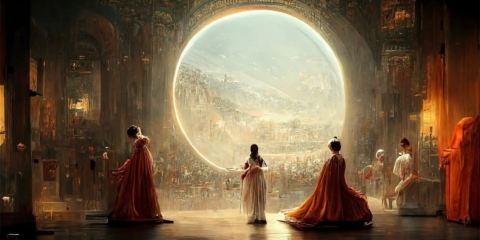

Our world is changing at an exponential rate! A big tidal wave of digital transformation and disruption is coming at us fast. Many organizations see this wave as a threat and experience stress, but there are also organizations that just see this wave as an opportunity.

Imagine sitting with just 10-15 fellow executives at a premier location, gaining clarity on the impact of AI on your industry while enjoying an exquisite dining experience. These are not just meetings—they are transformative moments that will shape the future of your organization
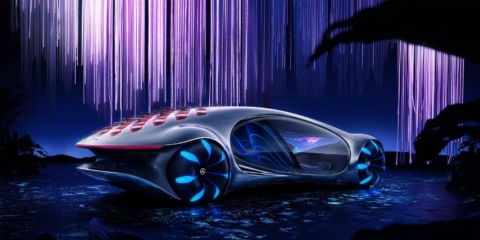


In the future, 3D printing and generative design will allow for products to be designed in a more decentralized manner, and production will take place closer to the customer and fully on-demand. 3D printing technology will also allow for more customization and personalization of products.
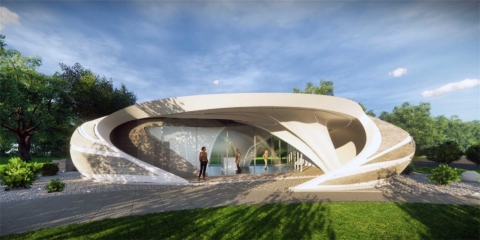
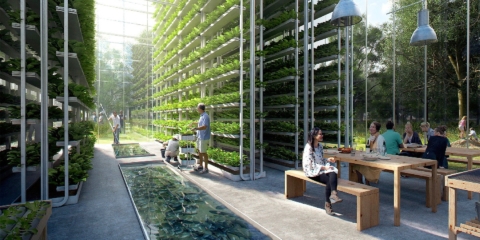
The agricultural industry is ripe for disruption. Robotics, AI, and IoT are all technologies that have the potential to radically transform the way we grow food. In combination with vertical farming, these technologies could increase the efficiency and quality of agricultural products.
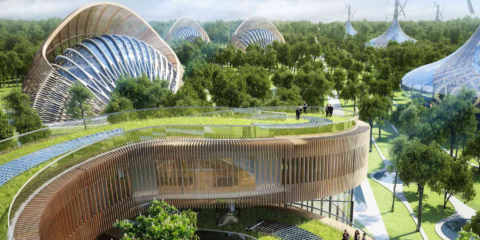
A human-centered society is one that puts people first and where technology is used to unite and empower people. It is a society that values biological life and dignity above all else. It is a society that recognizes the importance of human relationships and works to strengthen them. In a human-centered society, all members of the community are valued and treated with respect.
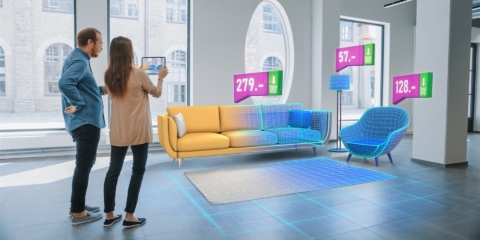
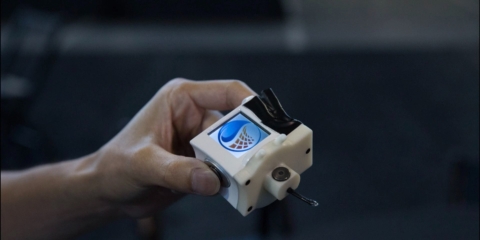
The future of healthcare is here. New technologies like AI, IoT, big data, and smart sensors make it possible to become the CEO of your own health. Imagine that your phone can listen to your voice and AI algorithms can detect small nuances in the tone of your voice that indicate specific diseases.
